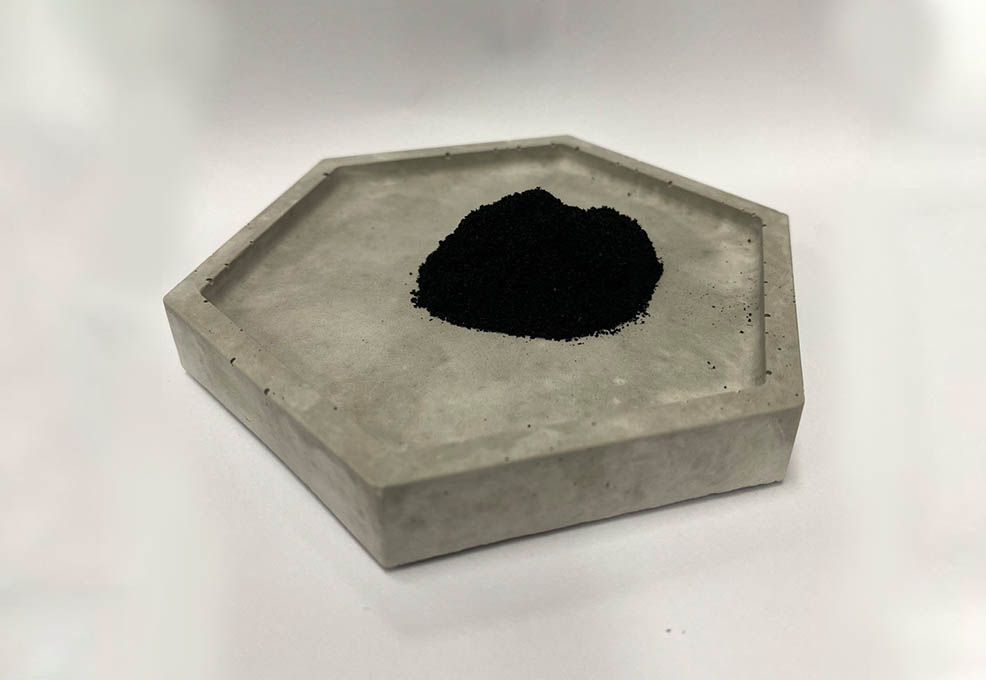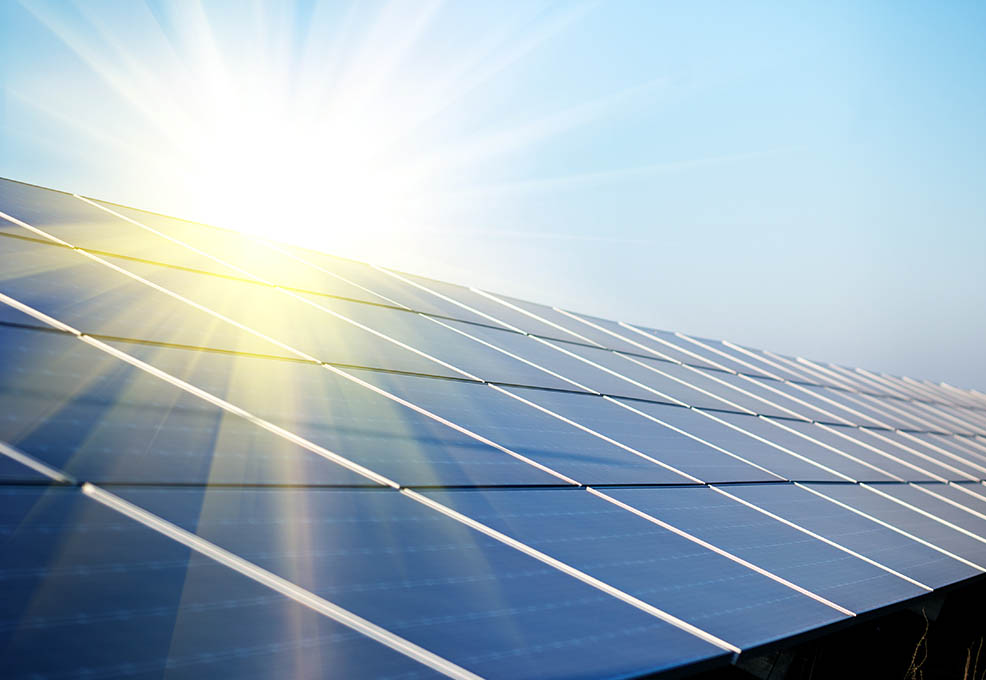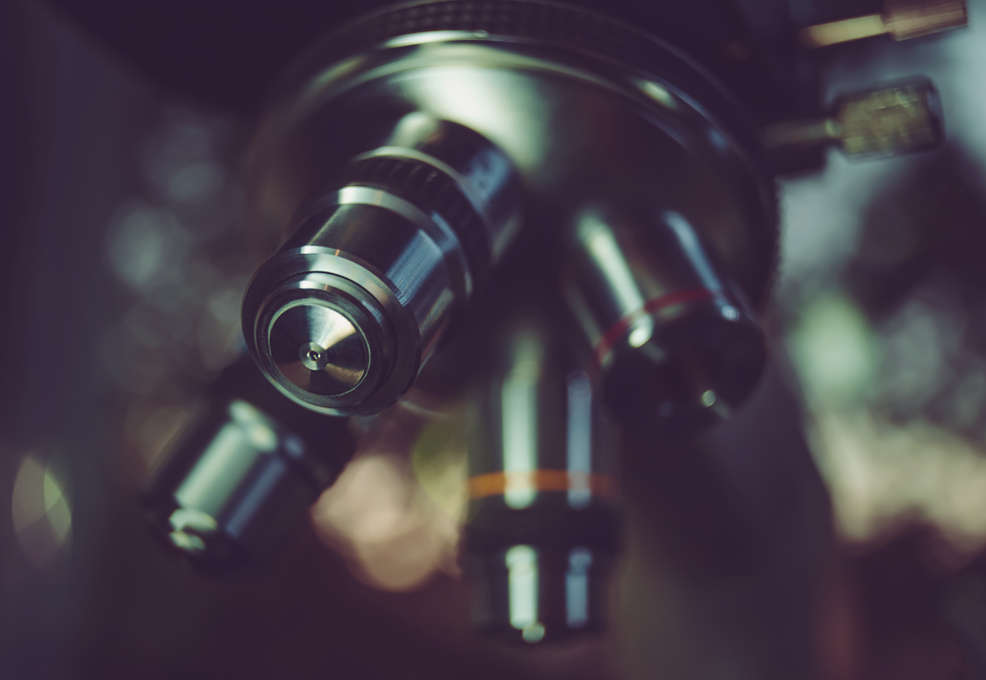Evaluation of hydrophobic biochar to prevent COVID-19
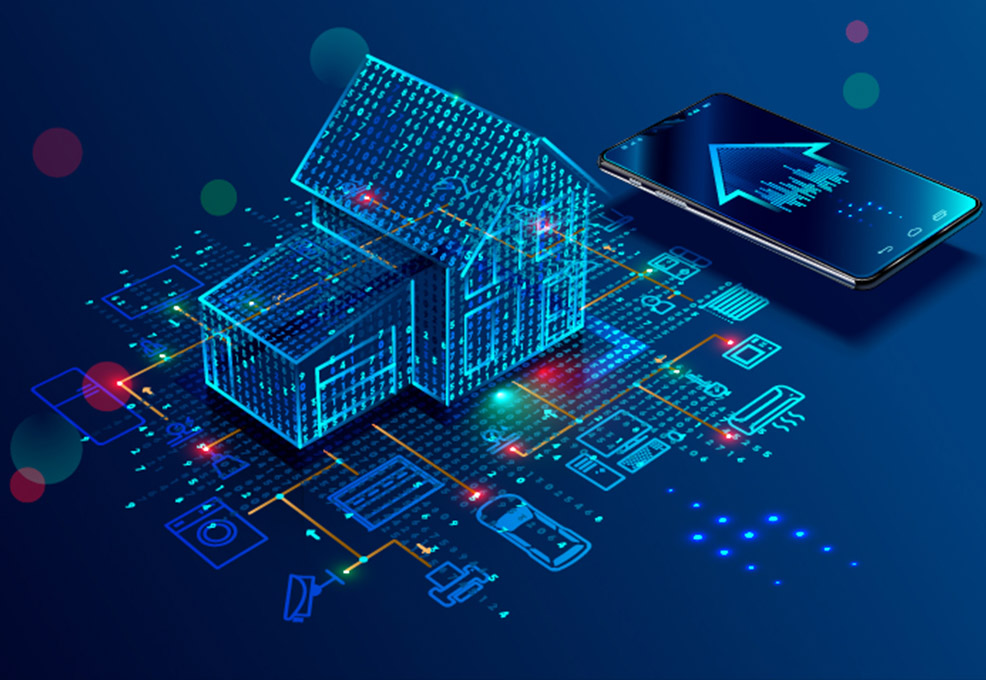
Author(s)
Chao-Tung YangBiography
Prof. Yang is currently a lifetime distinguished professor in the Department of Computer Science at Tunghai University (THU) in Taichung, Taiwan. He is also jointly appointed to the National Center for High-performance Computing in Hsinchu, Taiwan. Professor Yang's research interests include cloud computing, big data, and parallel processing. In recent years, his research has focused on cloud and big data system architecture and services, AIoT applications, and machine and deep learning applications. His research results have won many national or ministerial awards, such as the 2018 Information Month Outstanding Information Talent Award, the Ministry of Science and Technology Outstanding Achievement Award and the Excellent Award, and the Ministry of Education Excellent Course Award.
Academy/University/Organization
Tunghai UniversitySource
Endah Kristiani; Chao-Tung Yang; Chin-Yin Huang; Po-Cheng Ko; Halim Fathoni, On Construction of Sensors, Edge, and Cloud (iSEC) Framework for Smart System Integration and Applications, IEEE Internet of Things Journal, 2020. https://ieeexplore.ieee.org/document/9122603
2. Chen-Kun Tsung; Chao-Tung Yang; Shun-Wen Yang, Visualizing Potential Transportation Demand from ETC Log Analysis Using ELK Stack, IEEE Internet of Things Journal, 2020. https://ieeexplore.ieee.org/document/9001068
3. Endah Kristiani; Chao-Tung Yang; Chin-Yin Huang, iSEC: An Optimized Deep Learning Model for Image Classification on Edge Computing, IEEE Access, Vol. 8, 2020. https://ieeexplore.ieee.org/document/8981999-
TAGS
-
Share this article
You are free to share this article under the Attribution 4.0 International license
- ENGINEERING & TECHNOLOGIES
- Text & Image
- August 20,2020
Intelligent systems have influenced many aspects of daily life. With the emergence of the Internet of Things (IoT), Artificial Intelligence (AI), and Machine Learning (ML), opportunities have been created for smart computing infrastructure. Recently, the Fourth Industrial Revolution unveiled the age of smart manufacturing. It collects and analyzes data with the help of emerging technologies, and obtains knowledge and efficiencies from that data through Artificial Intelligence and Internet of Things (AIoT) Applications. We have proposed an iSEC framework, which is used for Sensors, Edge, and Cloud computing infrastructure. The project deploys a smart cloud edge computing architecture to provide machine learning and deep learning in the cloud edge environment. Edge computing is a decentralized computing architecture which moves applications, data, and services from network center nodes to network logic edge nodes for processing. Since the edge node is closer to the user terminal device, it can speed up the processing and transmission of data and reduce the delay. Under this structure, the analysis of data and the generation of knowledge are closer to the source, so they are more suitable for processing big data. Taking a factory as an example, the data generated by various IoT-related devices will be calculated through related algorithms of edge machine learning, and then fed back to the IoT-related equipment, driving the factory to become more intelligent to optimize production, energy saving, equipment supervision and diagnosis, and preventive maintenance, etc. The application scope and development direction cover smart homes, smart medicine, smart factories, smart agriculture and fisheries, and smart cities.
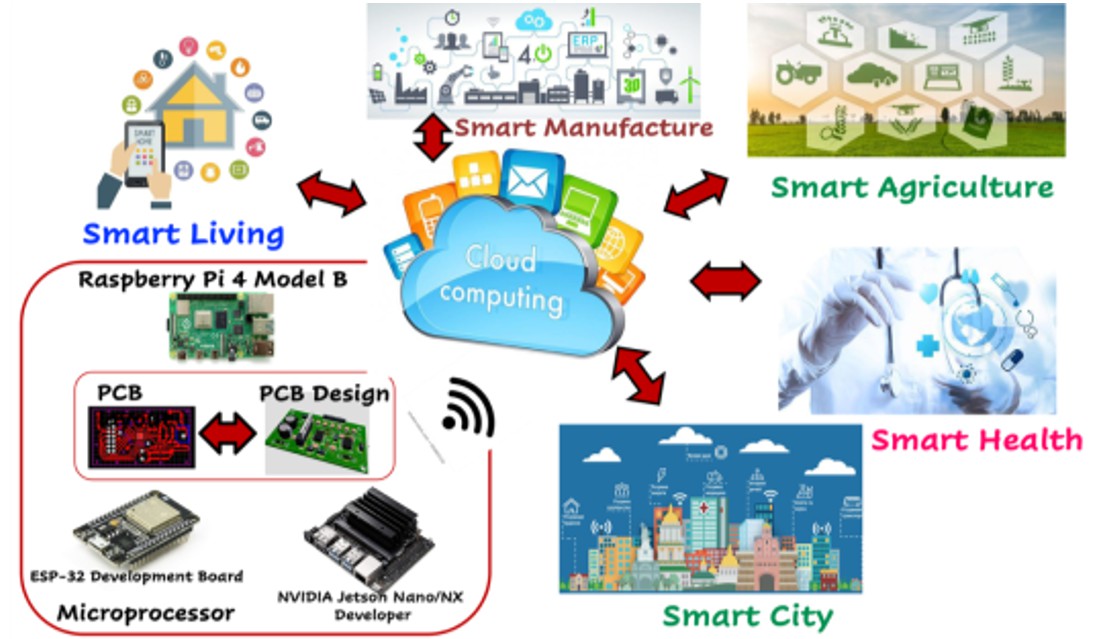
It is important to realize that the value of artificial intelligence (AI) must be recognized by the Internet of Things (IoT), and AI should extend the value of the IoT. According to Gartner's prediction, by 2022, 80% of enterprise IoT projects will include AI solutions. By 2025, there will be more than 50 billion connected devices worldwide, producing 180 Zettabytes, which is equivalent to 180 billion 1TB massive data output. The Global Artificial Intelligence Research Report pointed out that AI will bring global GDP growth by 14% in 2030, contributing US$15.7 trillion. According to McKinsey's research, the global output value of the Internet of Things will be worth as much as 11.1 trillion US dollars in 2025; AI is expected to bring 13 trillion US dollars by 2030. It collects and analyzes data with the help of emerging technologies and obtains knowledge and efficiencies from that data through Artificial Intelligence and Internet of Things (AIoT) applications. The survey pointed out that Amazon, Microsoft, Intel, ARM, and other index companies are actively deploying edge computing to expand the AIoT ecosystem. AIoT is turning the world!
AIoT drives the tremendous demand from manufacturing business in the upstream, midstream and downstream of the world's technology industry chain. For example, in a factory, the data produced by various IoT-related equipment and devices will be measured using specific cloud machine learning algorithms, and the data will be fed back to the IoT-related machines to enable the factory to become smarter to automate manufacturing, save electricity, track and diagnose machinery, perform preventative maintenance, etc. The scope of application and development directions includes smart homes, smart medicine, smart factories, autonomous vehicles, traffic management, business services and financial technology.
AI technology enables machines to learn from external data, to make predictive analysis, or to assist in decision-making after analysis. Therefore, the speed of IoT communication data is crucial for the calculation of AI autonomous inference systems. The three core technologies include embedded systems and sensors, cloud data and analysis, and AI and edge computing applications.
- Embedded system and sensor: An embedded system is generally a closed system customized for a particular purpose and developed by integrated hardware and software. Traditional IoT control operations are performed by sensors equipped with an embedded system, collecting data through these sensors.
- Cloud data and analysis: Cloud services can be divided into three service models: infrastructure, platform, and software (IPS). Technology companies that provide cloud services have also begun to actively integrate data resources and strengthen AI products, showing the vigorous expansion of the AIoT industry.
- AI and edge computing applications: Edge computing is a decentralized computing architecture that moves applications, data, and services from network center nodes to network logic edge nodes for processing. Since the edge node is closer to the user terminal device, it can speed up the processing and transmit data, while also reducing the delay. Data analysis and the generation of knowledge are closer to the source of data under this structure, so they are more suitable for processing big data.
One of the most promising technologies in industrial and manufacturing is edge computing. Edge computing is the smart manufacturing and Industries 4.0 acceleration bridge. However, Edge computing is more than that. We have proposed an iSEC framework (Figure 1) used for Sensors, edge, and cloud computing infrastructure. In order to build a smart edge computing environment, the framework uses Raspberry Pi 4 and Jetson Nano/Xavier NX as edge devices.

Figure 1. The framework of iSEC (Intelligence Sensor, Edge, and Cloud)
The iSEC framework is divided into three parts: cloud, edge and device. In cloud computing, the system environment consists of a private virtual machine (VM) and a provider’s cloud, such as Amazon Web Service (AWS) and Azure. In edge computing, the system environment consists of Raspberry Pi, NVIDIA Jetson Nano/Xavier NX, and LoRa gateway. In the device section, it consists of several sensor gateways, such as LoRa, ZigBee and Wi-Fi sensors. On the device side, it consists of devices, such as sensors, Raspberry Pi, and Jetson Nano/Xavier NX. This platform is also applicable to various transmission protocols, such as ZigBee, Wi-Fi, NB-IoT and 5G/4G. Through LoRaWAN, the sensing data collected by LoRaWAN Nodes is transmitted to the LoRaWAN Gateway.
The Gateway is also connected to the micro-edge made by Raspberry Pi, and finally it is uniformly transmitted to the data center. Also, it uses the Message Queuing Telemetry Transport (MQTT) transmission protocol to transmit data through the Long Range wide-area network (LoRaWAN) with long-distance, low-power transmission characteristics. Figure 2 shows the framework and MQTT communication scheme of our system. Two pilot projects of an air quality monitoring system and object detection are demonstrated to evaluate the iSEC framework. To provide an intelligent system, the project applies machine learning algorithms to build the models and infer them to the edge devices. In the future, this study will further strengthen the edge computing side, such as expanding the number of edge nodes, to conduct smarter services and applications.

Figure 2. The MQTT communication scheme.
STAY CONNECTED. SUBSCRIBE TO OUR NEWSLETTER.
Add your information below to receive daily updates.


